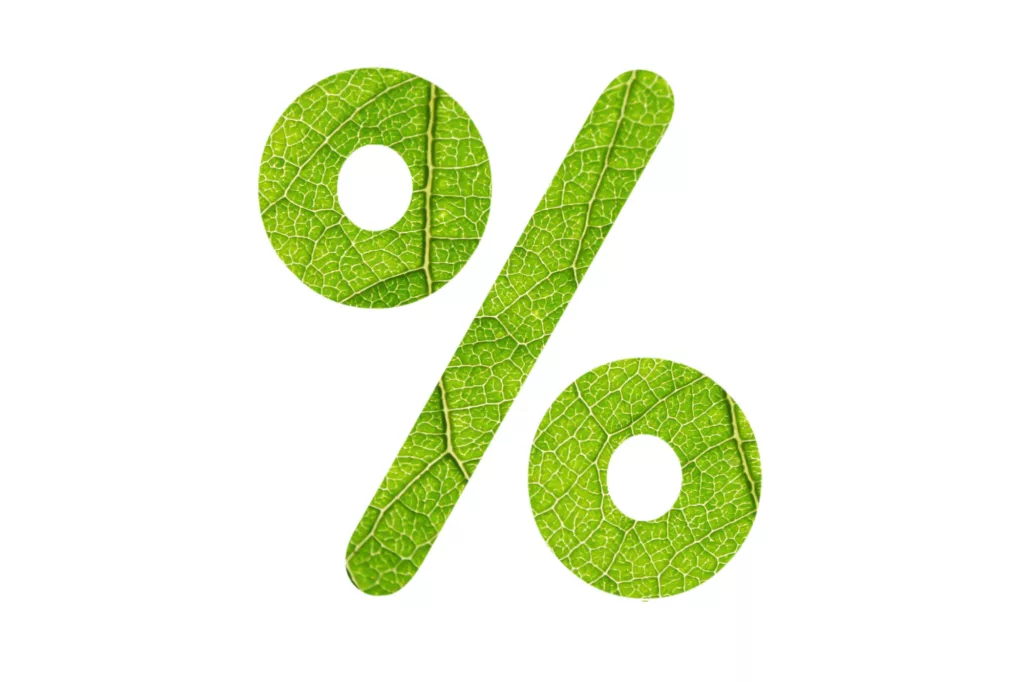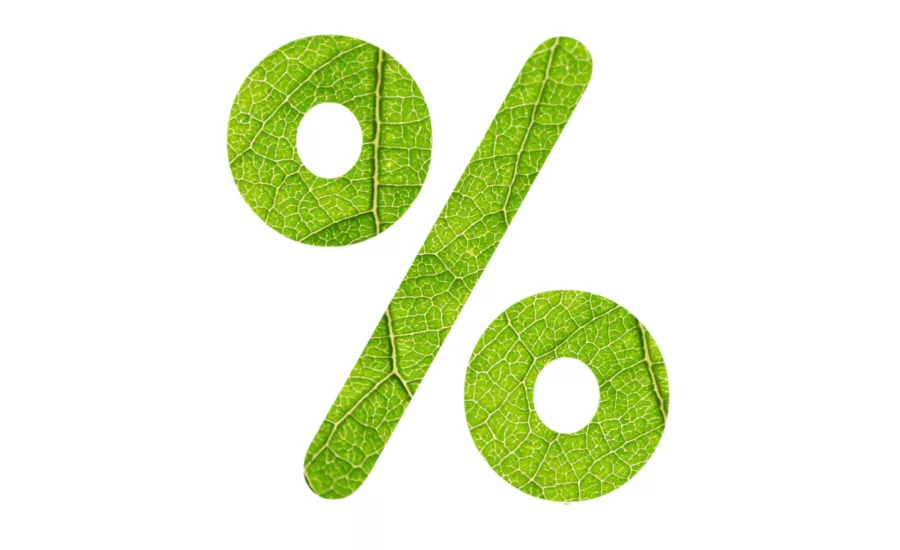
What is the “Mortgage Qualifying Rate”?
If you’re considering a variable rate mortgage, or a mortgage with a term shorter than 5 years, chances are you’ve come across the term “mortgage qualifying rate“, or “MQR“. Here’s an explanation of what it is, and what it means to you.
The backstory
In 2010, the Canadian Department of Finance introduced the MQR as a new way to assess borrower eligibility. The goal is to make sure that people are being qualified as conservatively as possible; essentially to make sure that borrowers can handle their payments if and when rates began to rise down the road. No matter what your ACTUAL rate is, lenders must use the QUALIFYING rate to calculate your debt service ratios.
How does it work?
The qualifying rate is a 5-year rate published every week by the Bank of Canada. The MQR must be used in the following cases:
- insured mortgages
- insurable mortgages
- home equity lines of credit (“HELOCs”)
In all the above, the mortgage qualifying interest rate must be used, if it is higher than the contract rate.
Note: what you will actually pay is the rate your lender has quoted you. So for example, if your lender has given you a 1 year rate of 2%, and the MQR is 5.24%, your payments will be based on the 2% rate. BUT, to see if you qualify, the lender will use the rate of 5.24% in the qualifying calculations.
For 5-year terms and longer, the qualifying rate is the contract rate, that is, the actual mortgage rate your lender is offering you.
What does the qualifying rate mean to you?
If you want a variable rate mortgage, or a 1 to 4-year fixed rate mortgage, we use the qualifying rate to calculate how much you can afford. The qualifying rate is typically higher than the actual rate being offered by your lender. Again, remember that the MQR is higher in order to be conservative.
Mortgage qualifying rate in action
Here’s an example to illustrate how this works:
Jane and John together earn $140,000 per year. They would like to purchase a home that is worth $750,000 and they have a down payment of $150,000. They need a mortgage of $600,000. We’ve scanned the lenders and found that the best rates are 3.29% on a five year fixed and 2.5% on a five year variable. Let’s see if they qualify:
FIVE YEAR FIXED RATE SCENARIO
A $600,000 mortgage at 3.29% works out to a monthly payment of $2,929.50. Adding in the estimated property taxes of $7,500 per year, and a monthly payment of $100 for heat, the shelter costs come in at just under 32% of their gross income. That’s about the max.
FIVE YEAR VARIABLE RATE SCENARIO
That same $600,000 mortgage at 2.5% works out to a monthly payment of $2,687.80. Sounds great, doesn’t it? Here’s the catch: we have to use the mortgage qualifying rate in our shelter costs calculation, to see if John and Jane qualify. Currently, the mortgage qualifying rate is 5.24%. So, on a $600,000 mortgage, the rate of 5.24% works out to a monthly payment of $3,572.05. This means that the shelter costs (mortgage + property tax + heat) now come to almost 37% of John and Jane’s gross income. This may be a problem. If they have very little other debt, and if their credit is absolutely stellar, it is possible that the lender will make an exception and allow the mortgage to proceed, but it is by no means guaranteed. In this scenario, they would potentially have to reduce the amount they borrow, or if that’s not an option, they could go with the fixed rate mortgage.
Next steps
It’s important that you understand the terms you encounter when making what is likely your biggest purchase decision. Please don’t hesitate to get in touch with me if you have questions about this or any other Ontario mortgage question. I’m happy to help!
Powered by Invis Inc.
Photo credit: [c] Sujin jetkasettakorn for vecteezy.com



[…] the folks in Ottawa responsible for mortgage rules are setting a new minimum “qualifying interest rate” for uninsured mortgages. Basically, any mortgage at 80% of the property’s value or […]